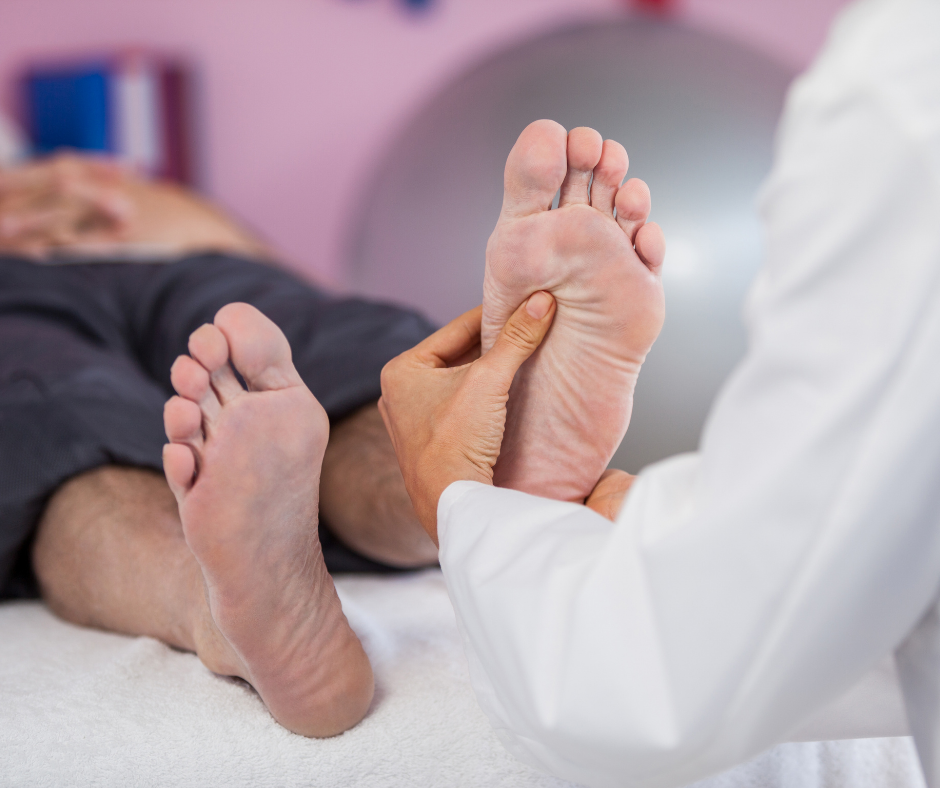Expect to see blisters, sores and cuts to heal on their own. The body can heal themselves, with just the slightest amount of attention and cleaning. But if a wound won’t heal within about four to six weeks or if it begins to appear worse, redder, swelling bleeding fluid, or emitting a sour smell, it’s a sign that something is more complicated going on. Sometimes, a sore which is initially small can turn into a non-healing leg or foot ulcer and, if not treated the wounds can result in grave complications, and even the need for amputations in extreme instances.
If you’ve been watching and waiting for a sore to heal, it could be the right time to seek advice.

Some wounds are not healed.
There are several common reasons why a wound won’t heal, and understanding them can aid you (and your physician) determine the best treatment.
First, if you have diabetes, you’re at an increased likelihood of developing leg and foot wounds that aren’t healed well. The high blood sugar levels could harm your nerves (so it’s not possible to feel injuries whenever they occur) and hinder blood flow, which makes it difficult for even minor cuts to get better.
Poor circulation is another major factor that can be related to arterial and venous ulcers. Blood can’t heal your skin if the veins and arteries aren’t functioning properly.
It is possible to develop bedsores (pressure ulcers) If you suffer from mobility problems. Bedores are a different kind of wounds that are very stubborn if they are not treated correctly.
The speed of healing can be affected by other factors that can cause it, such as age, certain medications, immune-mediated diseases, and inadequate nutrition. It’s possible that a mix of these factors could result in a wound that remains.
How long does healing normally take? What happens if it doesn’t occur?
It’s normal to be concerned about the length of time healing “should take”. In reality, the amount of time required to heal is contingent on your health and the type injury. A small cut or blister could heal within a couple of weeks. A deeper foot ulcer or leg wounds that do not appear to be healing may take longer than 12 weeks.
The important thing to remember is this: if not experiencing any improvement in 4 to 6 weeks, do not wait. This is the time to see a doctor for wound treatment because the longer that a wound remains open, the more risky it can become.
Find the best help for you
It’s not “bad luck” that your ailment doesn’t heal. Your body requires help. The good news? There are treatments and specialists which can make a significant difference. At our clinic, we specialize in treating non-healing foot ulcers and leg wounds, sore won’t heal working alongside your other healthcare providers to create a personalized plan that gives your body the best chance to heal and helps prevent amputations.
You can find solutions for high-end wound dressings, blood flow restoration, and even hyperbaric therapy. We’ll be there each step of the way, because we are convinced that no person should ever be forced to treat a wound which won’t heal.
Final Thoughts
A wound that will not heal can affect your life in more ways than one. It can change your life. There’s an option. If you’re sick of dealing with a leg wound that isn’t healing, an open sore that doesn’t heal or a painful foot ulcer, don’t be afraid to ask for assistance. The faster you seek to get help, the faster your stubborn wound will heal, and you’ll be able resume the life you’re entitled to.

